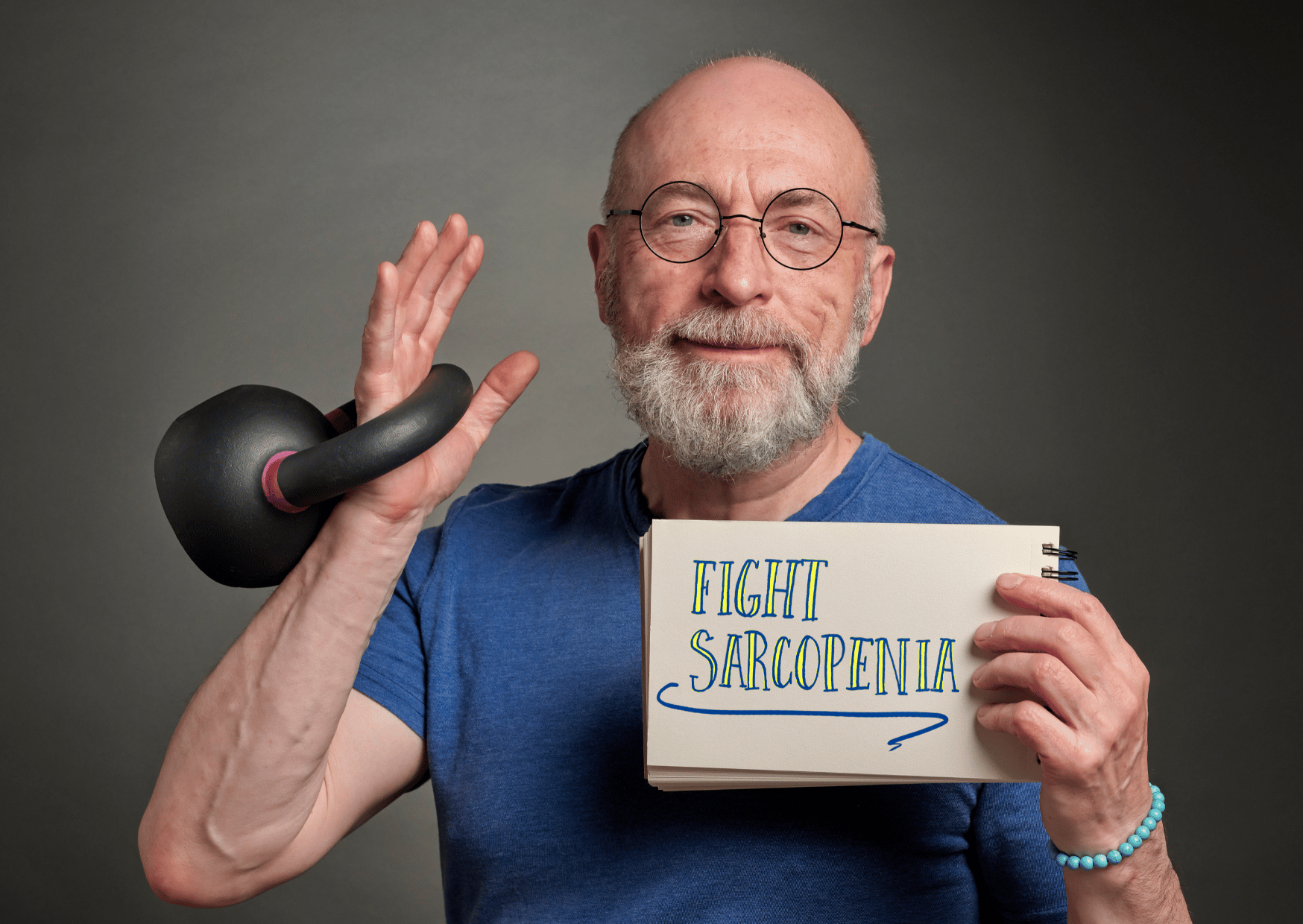Sarcopenia and the Risk of Mortality in Older Adults

As the sunlight streamed through the window, Grandpa John was getting ready to head to the kitchen to make a cup of tea. However, his steps suddenly became unsteady, and he fell forward heavily onto the floor. This fall was particularly severe for him.He was unable to catch himself in time, resulting in serious injuries. Grandpa John was rushed to the hospital, and although he survived, the fall left him unable to walk, requiring him to rely on a wheelchair from then on. The doctors determined that the main reason for his fall was sarcopenia, a condition that had weakened his muscles and reduced their mass.
Sarcopenia is a condition characterized by the loss of muscle mass and strength, commonly seen in older adults. Research indicates that sarcopenia significantly increases the risk of mortality in the elderly. Aging is linked to a decline in skeletal muscle mass, which can negatively impact overall health and function, potentially increasing the risk of mortality. This is because sarcopenia not only affects the ability to perform daily activities but also increases the risk of falls and fractures, which can further lead to cardiovascular diseases and other health issues.
Preventing Sarcopenia
The key to preventing sarcopenia lies in nutrition and exercise. Here are some effective strategies:
-
Home Resistance Training
Even if you cannot go to the gym, you can still perform resistance training at home. Here are some simple and effective home resistance training exercises:
Squats: Stand with your feet shoulder-width apart, slowly squat down until your thighs are parallel to the floor, then stand up. Repeat 10-15 times for 3 sets.
Push-Ups: Place your hands on the floor, keep your body in a straight line, bend your elbows to lower your body, then push up. Repeat 10-15 times for 3 sets. If standard push-ups are too difficult, you can do them with your knees on the floor.
Leg Raises: Lie on the floor, place your hands behind your head, lift your legs slightly bent at the knees. Raise your legs and body to form a V shape, then lower them. Repeat 10-15 times for 3 sets.
Lunges: Stand with your feet shoulder-width apart, take a big step forward, bend your front knee to 90 degrees, and lower your back knee towards the floor, then return to the standing position. Repeat 10-15 times for 3 sets.
These exercises do not require any equipment and can be done using your body weight. If you have resistance bands, you can increase the intensity of the training.
-
High-Protein Diet
Consuming enough protein is essential for maintaining and building muscle. Here are some high-protein foods that are easy to incorporate into your daily diet:
Chicken Breast: Contains about 23.8 grams of protein per 100 grams, making it an excellent choice for building muscle and losing fat.
Fish: Such as salmon and mackerel, contain about 20-22 grams of protein per 100 grams and are rich in Omega-3 fatty acids, which promote heart health.
Legumes: Such as black beans and soybeans, contain about 22-36 grams of protein per 100 grams and are a good source of plant-based protein.
Dairy Products: Such as milk and Greek yogurt, contain about 10 grams of protein per 100 grams and are also rich in calcium and other essential nutrients.
Nuts and Seeds: Such as almonds and pumpkin seeds, contain about 20-25 grams of protein per 100 grams and provide healthy fats and fiber.
-
Vitamin D Supplementation
Vitamin D supports muscle function and bone health. Adequate sunlight exposure and supplements can help maintain its levels.
-
Regular Health Check-Ups
Regularly check muscle mass and function to detect and address signs of sarcopenia early.
By following these measures, we can effectively reduce the impact of sarcopenia on the health of older adults, improve their quality of life, and extend their lifespan.


